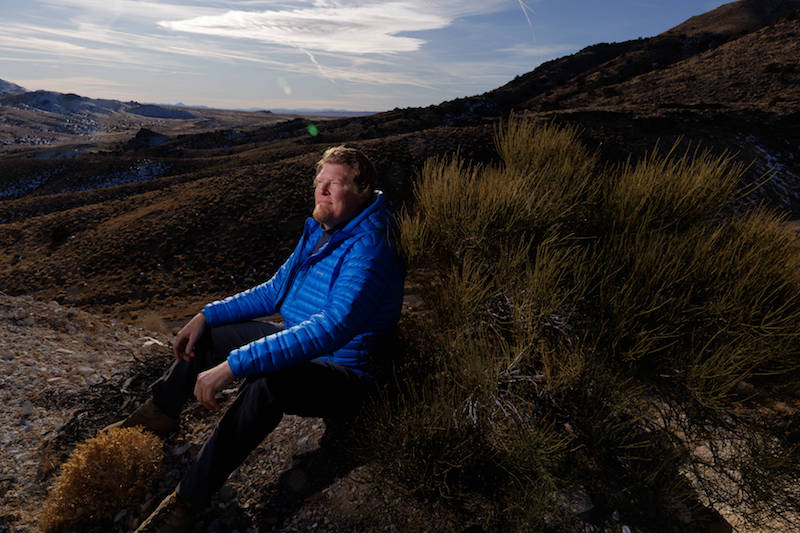But of all Patterson’s allegations, the Rhyolite Ridge project—which pits a foreign mining corporation against a handful of environmentalists defending a rare, ankle-high wildflower—epitomizes how vulnerable the regulatory apparatus has become to pressure from the Trump administration. In 2017, President Donald Trump issued an executive order on minerals deemed critical to national security, including lithium, and called for “increasing activity at all levels of the supply chain.” Specifically, the order directed federal agencies to streamline the leasing and permitting processes. In July 2019, while visiting a major gold mine in Nevada, Interior Secretary David Bernhardt, who has made a point of reducing the time required to conduct environmental reviews, said the mining industry’s gross domestic product has increased 39 percent since Trump took office. In an interview with an Australian business publication, Bernard Rowe, managing director of Ioneer, the Australian company behind the Rhyolite Ridge project, said, “This designation of critical minerals that President Trump introduced a while back started the ball rolling in terms of streamlining permit process times and requirements, and our project has certainly been a beneficiary of that.”
BLM officials in western Nevada have enabled Ioneer to reap those benefits by the favorable way they have chosen to interpret and enforce existing environmental laws. Mining companies can avoid long and costly environmental reviews during their exploration phase as long as they disturb no more than five acres. But in this case Ioneer filed two separate notices, both just under the five-acre limit, about a mile and a half apart but within the boundaries of the same project. This, the whistleblower alleges, violates federal regulations that prohibit operators from so-called “segmenting” in order to avoid a preliminary environmental review.
Rowe disputes the whistleblower’s claims and says the filing of the two exploration notices was justified and that the project boundary was not firmly established at the time. “We did that based on our view that this was not segmentation,” Rowe said.
Rowe also underscored that his company is committed to sustainable development and that the project is part of a larger effort to transition away from the use of fossil fuels, particularly in the transportation sector, which is one of the largest contributors to greenhouse gas emissions worldwide. The company also says it will protect the rare plant and has taken measures to ensure its survival.
But conservation groups like Patrick Donnelly’s, which is not categorically opposed to lithium mining, contend that the exploration work is already damaging the plant’s habitat. Conservationists fear that if the 640-acre proposed mine is ultimately approved, it will drive the buckwheat to extinction. The petition to have a plant listed as an endangered species can take years, even decades. Meanwhile, Ioneer says it hopes to begin production by 2023, and hopes to complete its mandatory environmental review in one year, a timetable that is unusually fast for a project that has raised questions about the survival of an endemic species.
Arnold Tiehm, who discovered the buckwheat in 1983 and for whom it is named, says the plant’s existence is precarious. “You could wipe the buckwheat out with a bulldozer in a couple of hours,” he said. “It’s that simple.”

Dan Patterson, a Tonopah-based environmental protection specialist with the Bureau of Land Management, sits for a portrait among the mountains of the Kawich Range.Image: M. Scott Mahaskey/Politico